Pearls and Gender: Beyond Femininity

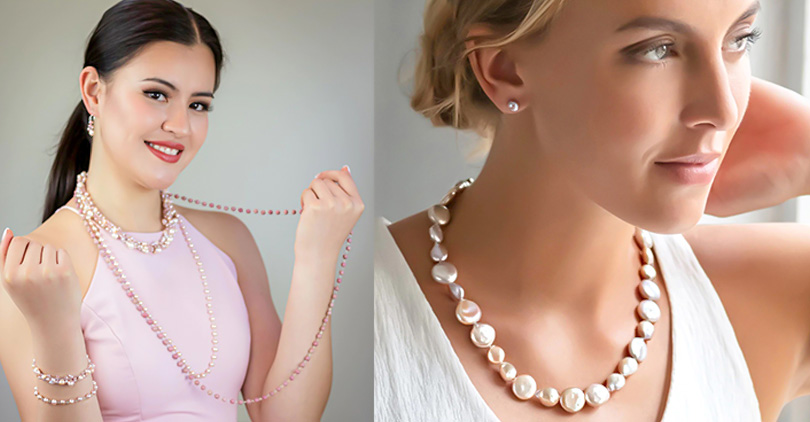
For centuries, pearls have been linked with elegance and femininity. Women have worn them around their necks or on their wrists as a sign of purity, grace, and being refined. But today in fashion, pearls no longer mean just that - they have broken free from the mold of what's considered feminine to become something for everyone.
It's not so much about gender anymore. It's about appreciating how beautiful and adaptable pearls can be throughout time. There are contemporary styles featuring pearls that appeal to people regardless of gender identity because they like looking both classic and up-to-date.
In our article, we will explore this shift in how pearls are viewed in relation to gender. We want to explore the idea that wearing jewelry made from these iridescent orbs is no longer confined by society's expectations for what constitutes "women's attire."
Historical Perspective
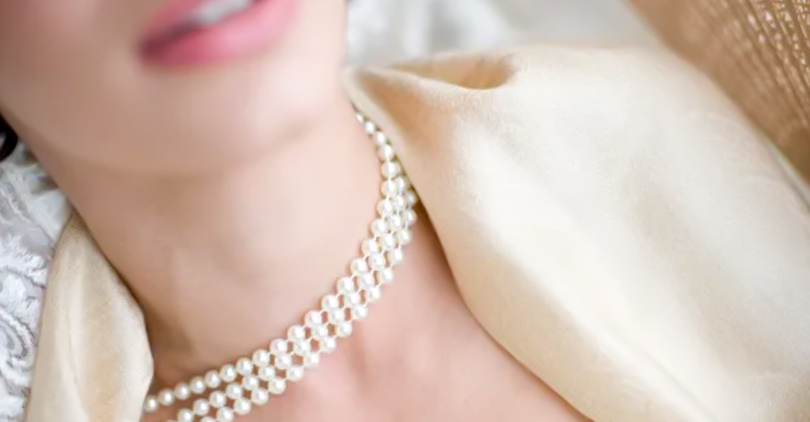
Pearls have been associated with femininity throughout history and have adorned famous women from every era. They have connoted social status as well as wealth and power. The influence of pearls on fashion – and society – cannot be overstated.
One example from antiquity is Cleopatra. Egypt's queen was both beautiful and politically astute, and she wore pearl jewelry to reflect her brilliance. Artworks featuring the monarch almost always show her in pearl earrings of breathtaking size.
Another woman whose name will always be linked with pearls is Coco Chanel. The pioneering couturier loved their simplicity and luster so much that she worked them into her designs (and her wardrobe) for over six decades.
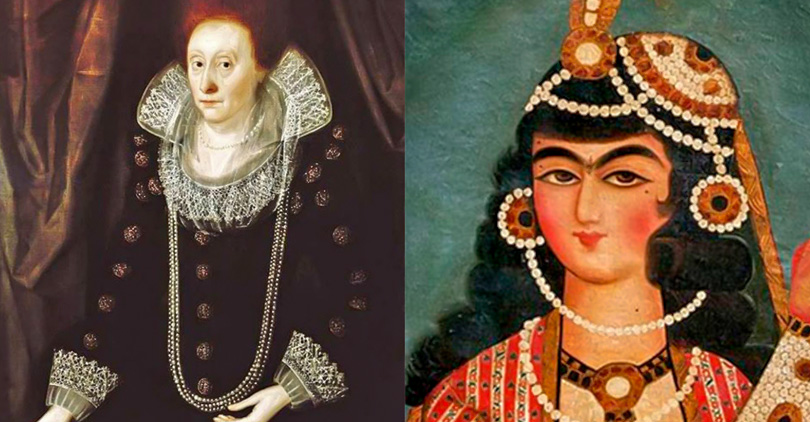
A frequent sight at parties given by society figures up to and beyond her death in 1971, Chanel would wear ropes upon ropes of pearls wound around her necklaces – a look copied by generations of chic women ever since.
Audrey Hepburn, one of Hollywood's most beloved actresses, was also famous for her love of pearls. She often wore a string of these beautiful gems – as seen in the classic movie Breakfast at Tiffany's – because they suited her elegant image so well.
These three women were all exceptional in their own way and each had a passion for pearls. By choosing to wear them they showed that not only were they special individuals but also that they had something important to contribute to the world.
Pearls and Femininity
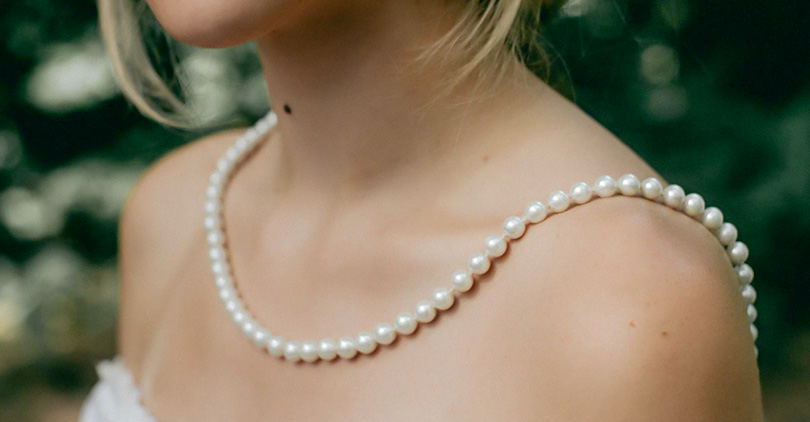
Throughout time, culture and history have made it so that femininity is associated with pearls more than masculinity. There are many reasons why pearls might be considered a feminine type of jewelry.
To begin with, pearls are inherently delicate and refined. Their luster is soft compared to other gemstones' brightnesses. When worn – whether as earrings, bracelets, or necklaces – they add sophistication to an outfit as if by magic.
Pearls can also symbolize purity and innocence – two ideas often linked to femininity. Ancients thought the same way. Some believed these gems were tears from mermaids; others saw them as presents given by gods. These stories make the stones seem almost otherworldly in ways that continue to captivate women today.

In addition, pearls are also popular because they can be worn by women who come from all walks of life. There is a style of pearl jewelry to suit every taste and personality, whether you prefer extravagant pieces for special occasions or something more casual that can be incorporated into an everyday outfit.
Contemporary designers such as Vivienne Westwood are challenging conventions with pearls, too. Her edgy designs might team the gems with chains or spikes.
In this way, the softness traditionally associated with pearl jewelry is fused with a sense of empowerment and even aggression – meaning women can use their accessories to express both aspects of femininity should they wish.
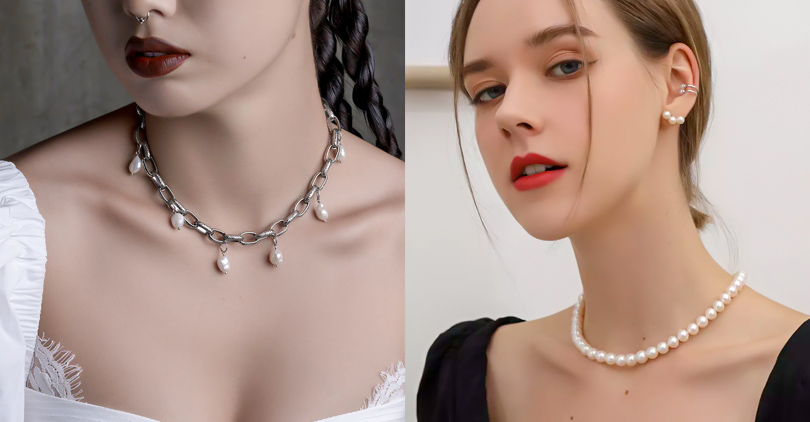
Many women like pearls because they enhance natural beauty rather than overpowering it. Their lustrous surface flatters skin tone as well as every kind of garment.
Indeed, whether one is wearing denim and a tee shirt or an evening gown, these gems have a unique ability to make any ensemble look more polished.
Pearls in Men's Fashion
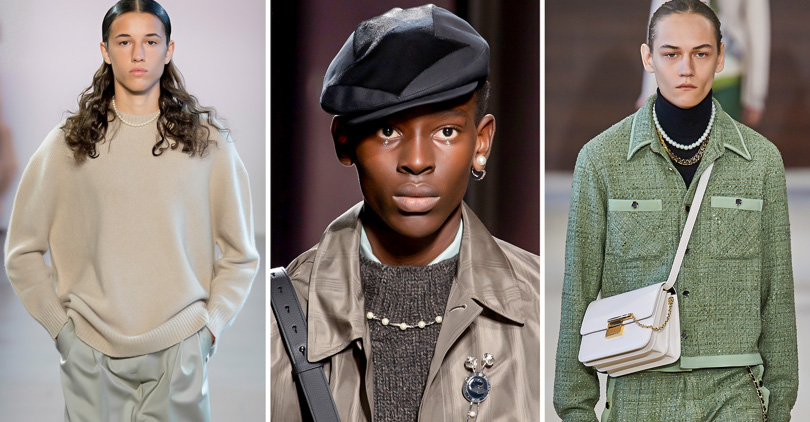
Pearls have long been considered feminine, but now men's fashion is full of them. Breaking gender norms, guys are finding pearls' versatility can bring elegance to an outfit like nothing else.
Take rapper A$AP Rocky. The star wears pearls with everything—and rocks it. By sporting a pearl necklace or piling on pearl accessories, he mixes the masculine and feminine effortlessly.
In doing so, he challenges what we expect from our clothes, as well as proving once and for all that looking stylish has nothing to do with your gender!
Then there's Harry Styles. If there were ever a man who could make wearing pearls his own (and boy does he), it would be him. The singer has been seen in both necklaces and bracelets strung with shiny beads—a lot.
By using them to accessorize his outfits, Styles shows that when it comes to defining what makes something seem manly or not these days... Well, let's just say he takes a pretty open-minded approach.
Additionally, Marc Jacobs, a designer known for pushing boundaries, has created lines for men that incorporate pearls. During one of his fashion shows, male models wore clothing like shirts and jackets with pearl embellishments.
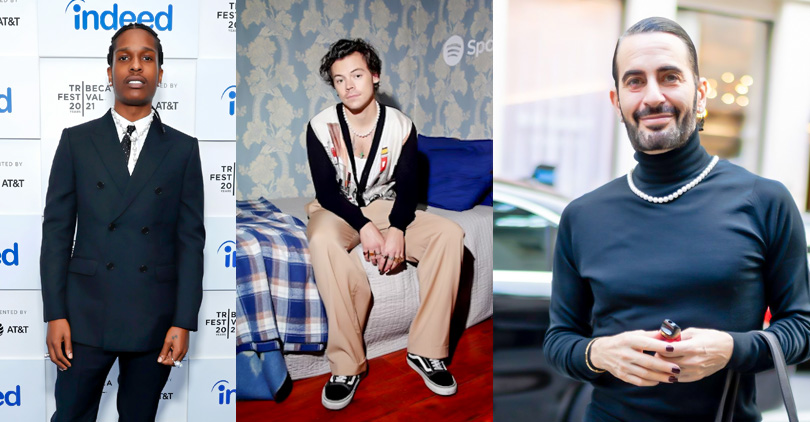
By including pearls in these designs, he questions whether jewelry should only be associated with femininity—and demonstrates that these pieces can enhance a man's look, too.
Having pearls in menswear brings an element of elegance or edginess—as well as individuality. It speaks to how ideas about gender roles are changing in this industry—and lets people communicate who they truly are through what they wear.
Breaking Gender Stereotypes
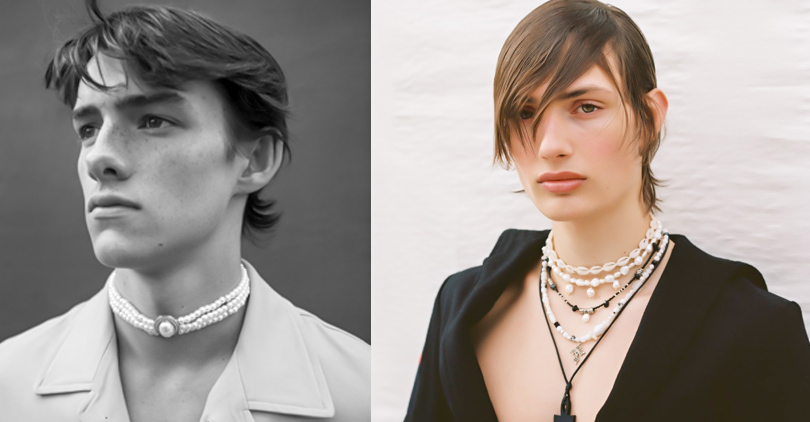
Inclusivity and breaking down gender stereotypes have recently become big topics in the fashion world. Designers are creating pearl jewelry that anyone can wear, regardless of whether they identify as male or female.
Take bracelets, for example. More and more often, you'll see sleek silver cuffs strung with pearls adorning the wrists of both guys and girls – because why should elegance be restricted to one gender? Depending on how they're styled, these bracelets can look just as good with a suit as they do peeking out from under a vintage band T-shirt.
Then there are earrings: no longer considered exclusively feminine (whatever that means), guys sporting pierced ears are embracing the classic appeal of pearls by wearing small stud styles whenever they want to! Don't believe us? Check any number of street-style stars spotted during menswear fashion week. Breaking the rules never looked so stylish!
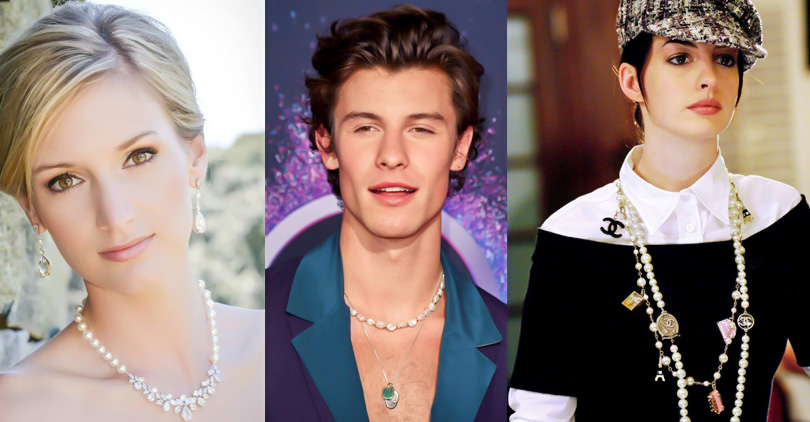
The fact that people of any gender can now buy unisex pearl jewelry is yet another example of fashion breaking down old ideas about what looks good on whom. And it's further proof that beautiful things don't belong to one type of person alone: Pearls can be worn by anyone who loves them, regardless of gender.
Choosing the Right Pearl Jewelry

If you're a man or woman, it's important to choose the right pearl jewelry to suit your style and personality. Consider these tips when making your selection:
· Think about the occasion and your personal taste: For formal events or conservative workplaces, classic pieces like a single-strand necklace or small stud earrings may be best. But if you want something fun for everyday wear or that makes a statement, there are plenty of modern designs featuring large pearls or mixed materials.
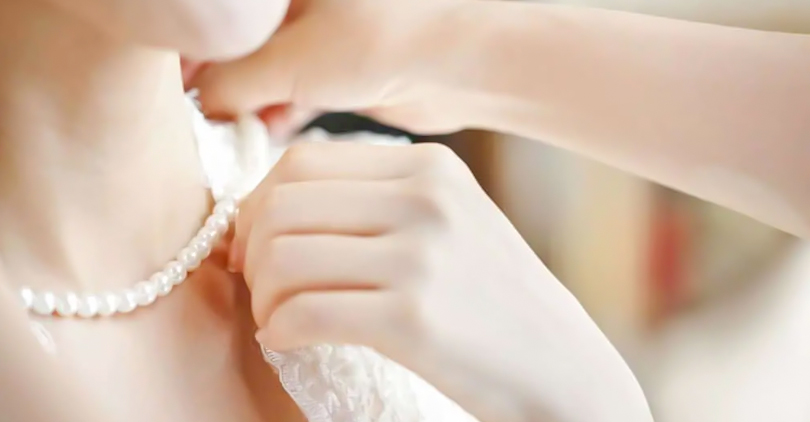
· Consider your skin tone: If you have cool undertones, pearls with silver or white overtones will look great on you – and bring out the best in your complexion. Those with warm undertones might prefer pearls that have golden hues or even cream ones with yellowish (rather than pinkish) tones.
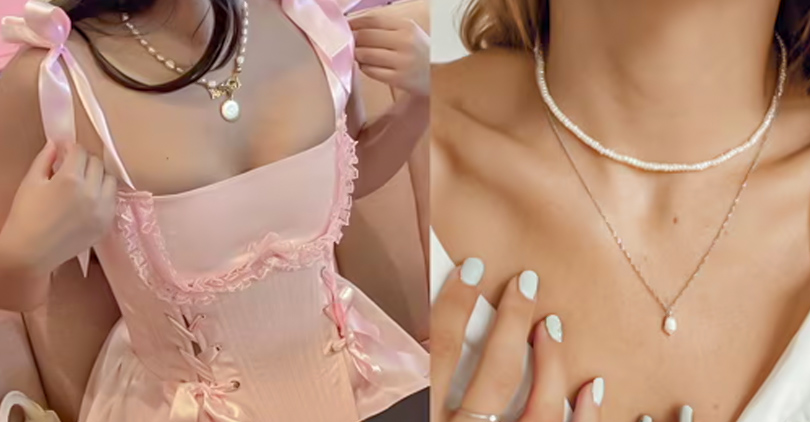
· Consider the size of the pearls in relation to your frame and facial features: Smaller pearls, such as freshwater pearls, work well for delicate features and petite individuals. Meanwhile, larger South Sea or Tahitian pearls can make a striking impact on those with more pronounced features.

· Think about how the color of the pearls interacts with your wardrobe choices: Classic white or cream-colored pearls are versatile and effortlessly match almost any outfit. However, don't be afraid to experiment with colored pearls like pink, lavender, or even black if you prefer more unconventional looks.
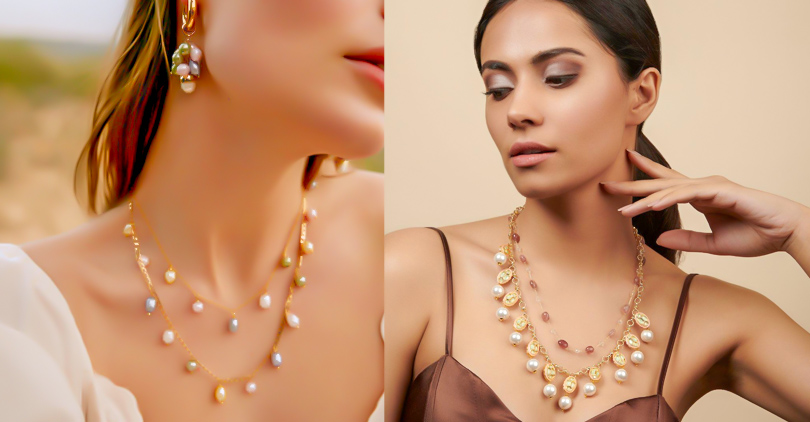
· Trust your gut when choosing pearl jewelry: Whether you're drawn to a specific design, shape, or color — go with what speaks to you and makes you feel confident and beautiful. Remember that pearls are meant to enhance your style while reflecting who you are.
Conclusion
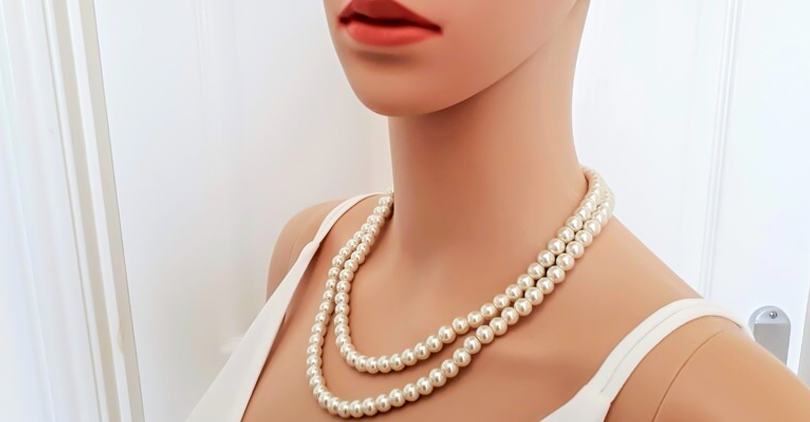
Pearls are no longer just for women. Breaking down gender stereotypes, men and people across the gender spectrum are wearing pearls like never before. We take a look at how fashion is becoming more inclusive, with unisex pearl jewelry leading the way.
Choosing pearl jewellery depends on occasion, personal style, skin tone, size and colour preferences – but the main message is this: everyone should feel they can wear pearls to express themselves elegantly, whether man or woman.
So let us rejoice in their timeless beauty and adapt them boldly into our wardrobes with diversity – not convention – in mind!


Leave a Comment